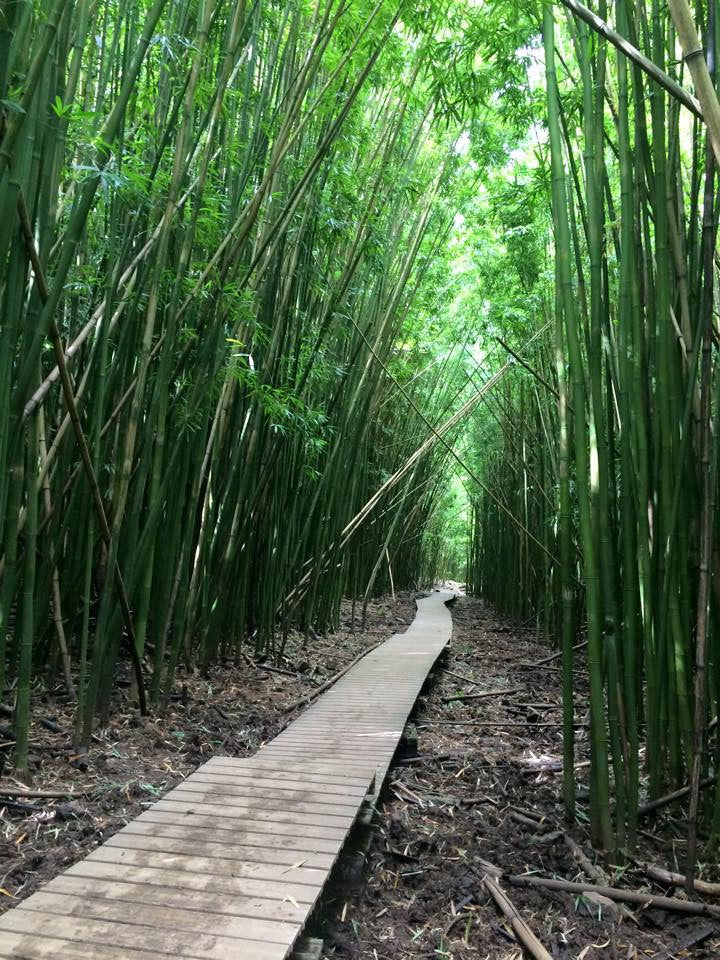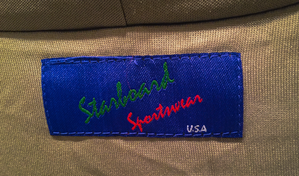Posted by Alex Smith on 06 March, 2016
|
Graphic Comfort offers a variety of Bamboo clothing and will continue to grow those offerings. Besides the the quickly apparent comfort advantages over cotton, the following explains the eco-benefits of bamboo.
The Fabric
Bamboo is naturally anti-bacterial and anti-fungal supposedly because of a bacteriostatis agent unique to bamboo plants called “bamboo kun” which also helps bamboo resist harboring odors. “Kun” is also sometimes spelled “kunh”. The bamboo kun in bamboo fabric stops odor-producing bacteria from growing and spreading in the bamboo cloth allowing bamboo clothing to be more hygienic and to remain fresher smelling.
Bamboo clothing is hypoallergenic.
Bamboo is highly absorbent and wicks water away from the body 3 to 4 times faster than cotton. In warm, humid and sweaty weather, bamboo clothing helps keep the wearer drier, cooler and more comfortable and doesn’t stick to the skin.
The structure of bamboo fibers make bamboo fabrics more breathable and thermal regulating than cotton, hemp, wool or synthetic fabrics.
Bamboo clothing is naturally more wrinkle-resistant than cotton, and while it might still require ironing after washing, bamboo fabric can be ironed at a lower temperature than cotton. Shrinkage during washing and drying is minimal at warm temperatures.
The Plant
Bamboo the plant and also bamboo the fabric can rate high as an environmentally friendly and renewable resource:
Bamboo grows rapidly and naturally without any pesticides, herbicides or fertilizers.
Bamboo clothing (both mechanically and chemically manufactured) is 100% biodegradable and can be completely decomposed in the soil by micro-organisms and sunlight without decomposing into any pollutants such as methane gas which is commonly produced as a by-product of decomposition in landfills and dumps.
Growing bamboo improves soil quality and helps rebuild eroded soil. The extensive root system of bamboo holds soil together, prevents soil erosion, and retains water in the watershed.
Bamboo grows naturally without the need for agricultural tending and large diesel exhaust-spewing tractors to plant seeds and cultivate the soil.
Bamboo plantations are large factories for photosynthesis which reduces greenhouse gases. Bamboo plants absorb about 5 times the amount of carbon dioxide (a primary greenhouse gas) and produces about 35% more oxygen than an equivalent stand of trees.
Bamboo fabrics and clothing can be manufactured and produced without any chemical additives although eco-certification such as Oeko-Tex is necessary to insure that the manufacturing and finishing processes are healthy.
Currently, there are no known genetically modified organisms (GMO) variants of bamboo.
Let’s hope it stays that way.











Comments